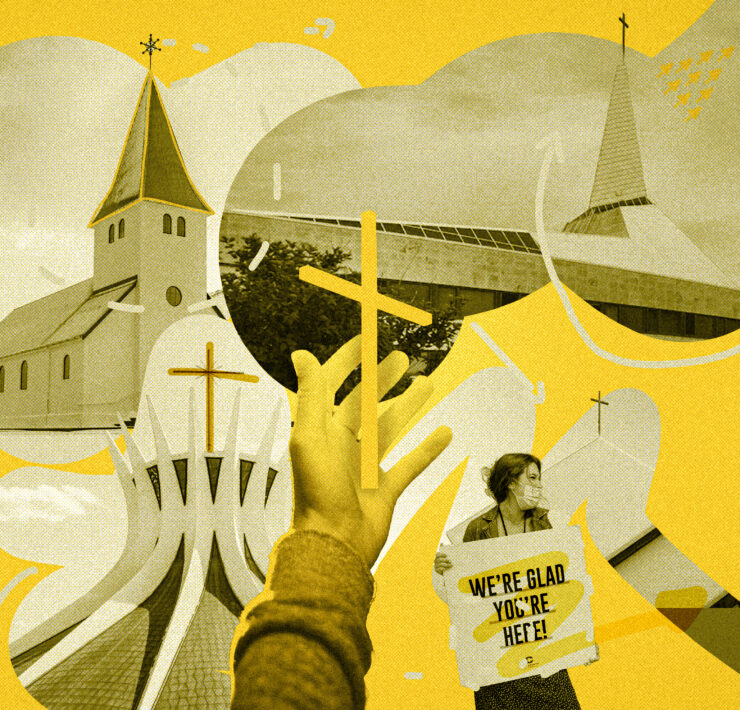
A new Gallup Poll is making the rounds, touting the fact that less than half, 47 of percent, of Americans are a member of a church, synagogue or mosque — the first time the number has fallen below half since Gallup first started asking the question. As recently as 1999, that percentage stood at 70 percent. In 1937, when Gallup first started polling Americans on the question, it was 73 percent.
It’s tempting to chalk all this up to the “increasing secularization of America,” as many have done, but it’s not quite that simple.
For one thing, studies don’t actually show a significant decline in spirituality among Americans. People who study American religion talk a lot about the rise of the “nones.” This rapidly rising American demographic (21 percent, as of the most recent poll) say they don’t label their spiritual beliefs, but that’s not the same thing as not having spiritual beliefs at all. Most of them do. They just don’t necessarily trust historic institutions like church to guide them through their spiritual journeys. So just because they’re not church members doesn’t mean they’d consider themselves secular, atheist or agnostic.
Within American Christianity, there’s also the rise of non-denominational churches to contend with. The number of Christians who ID as “non-denominational” has tripled since 1996 and, as researcher Ryan Burge points out on Twitter, many non-denominational churches don’t really do membership. These days, a Christian can be regularly engaged with their local church without necessarily considering themselves a member of it.
And then there’s the fact that historically speaking, house of worship membership as normative to the American experience is a fairly recent phenomenon. It wasn’t until the 1900s the the majority of Americans were members of a church, mosque or synagogue. Church membership peaked back in the 60s and has been steadily declining ever since. With a broader historic perspective, the current numbers don’t seem quite as strange.
Catholics and Mainline Protestant churches have seen the most attrition over the last few years. Evangelical churches have likewise seen a decline but, a little counter-intuitively, Americans themselves are more likely to ID as born again evangelicals today than they were ten years ago, even though they’re not necessarily going to church. Other faiths, like Judaism and Islam, have retained their numbers far more steadily than most Christian denominations.
So it’s all a reminder of just how complex America’s religious ecosystem is, and how important it is to resist simplistic narratives. It’s true that religious activity as recent generations understand it is changing in America. But exactly how it’s changing will take some more time and analysis to fully understand.






















